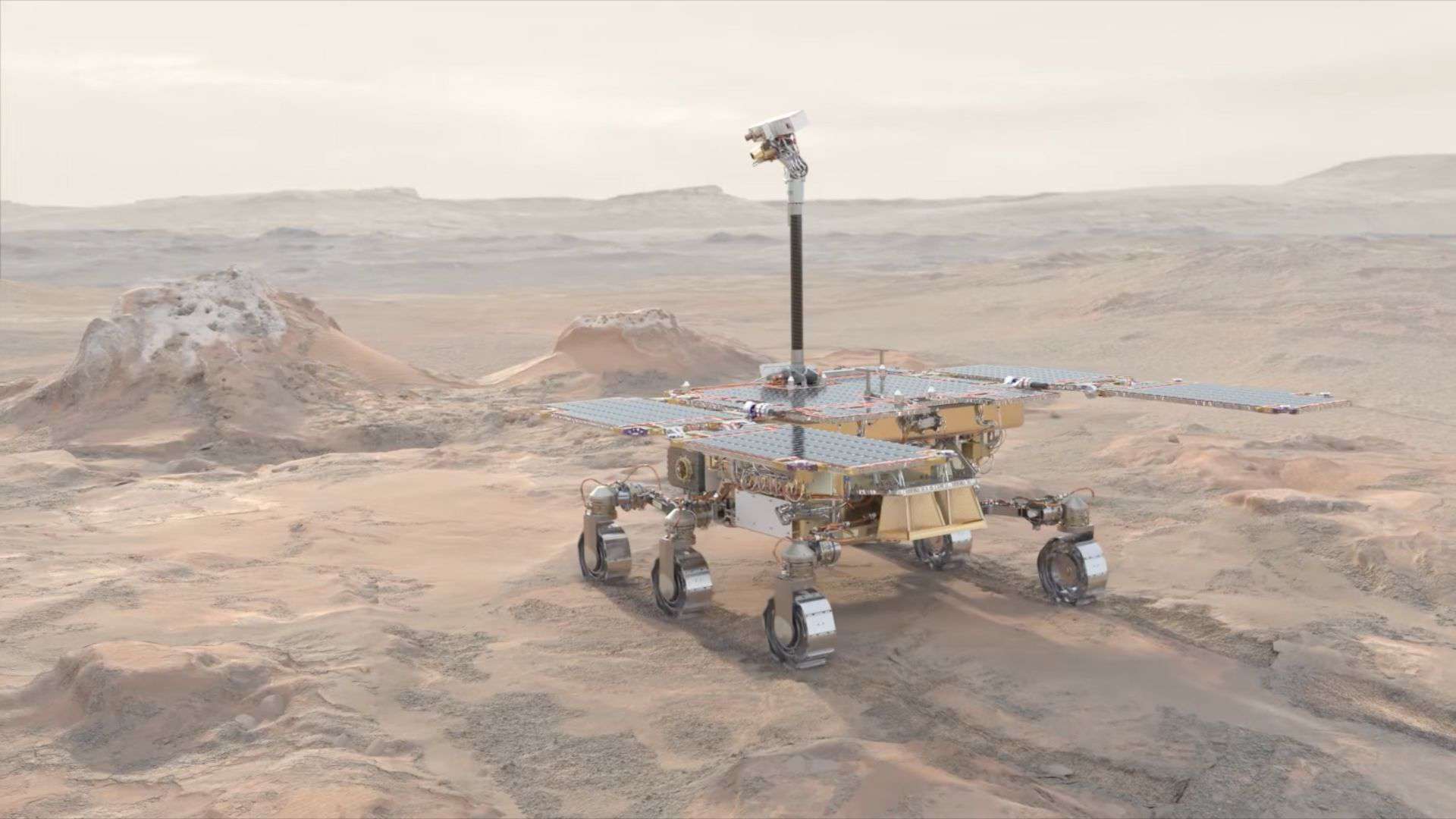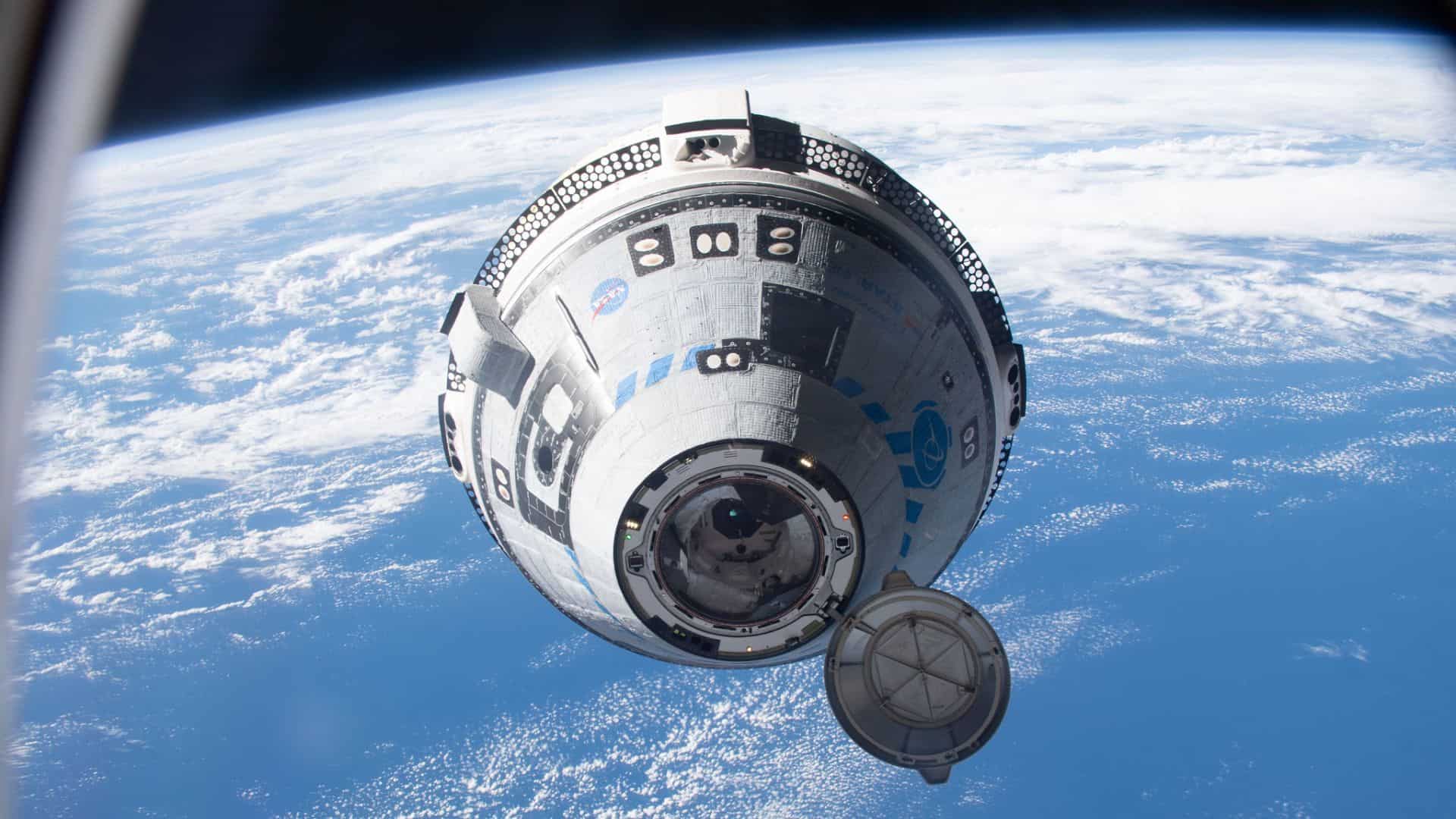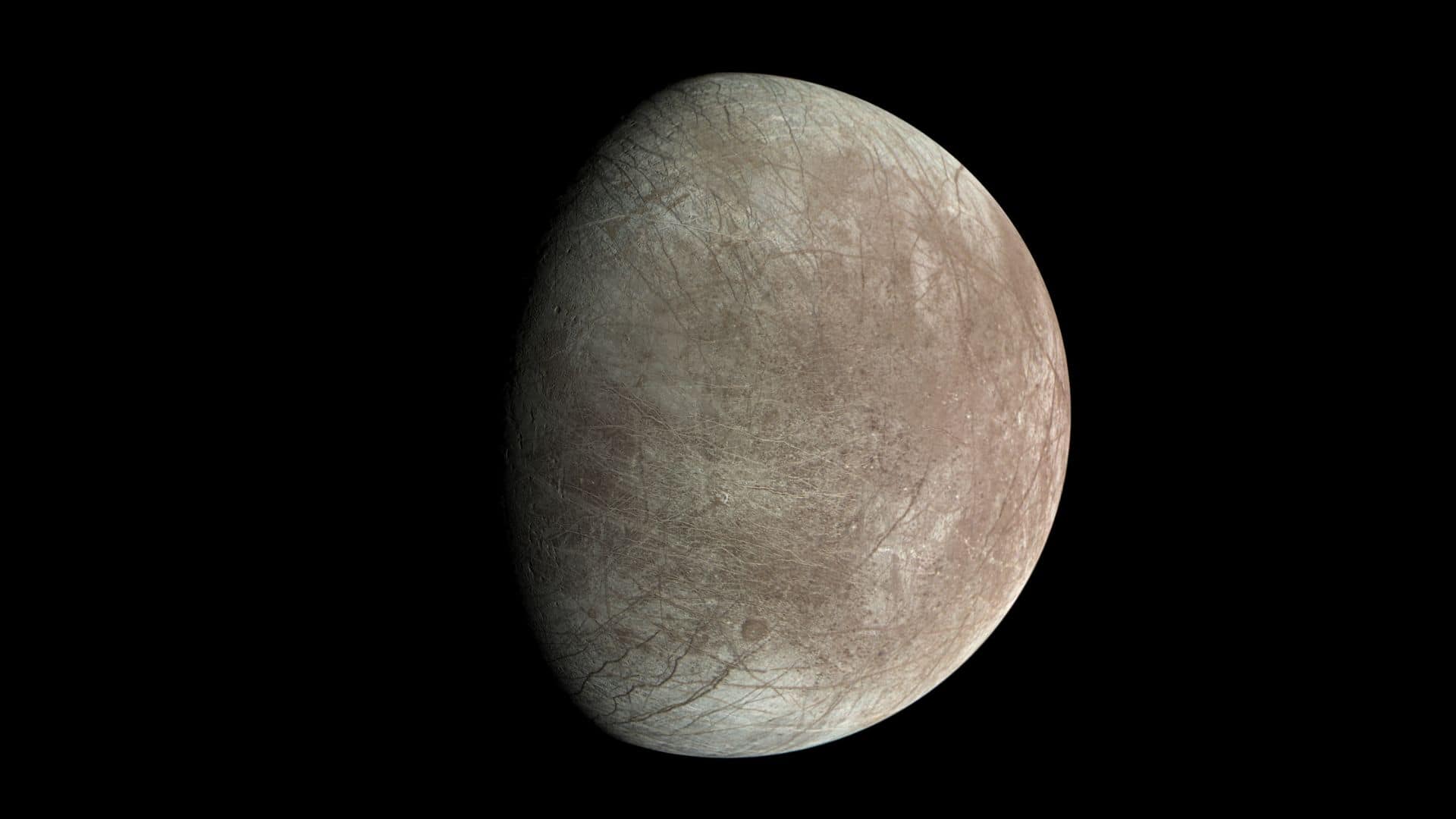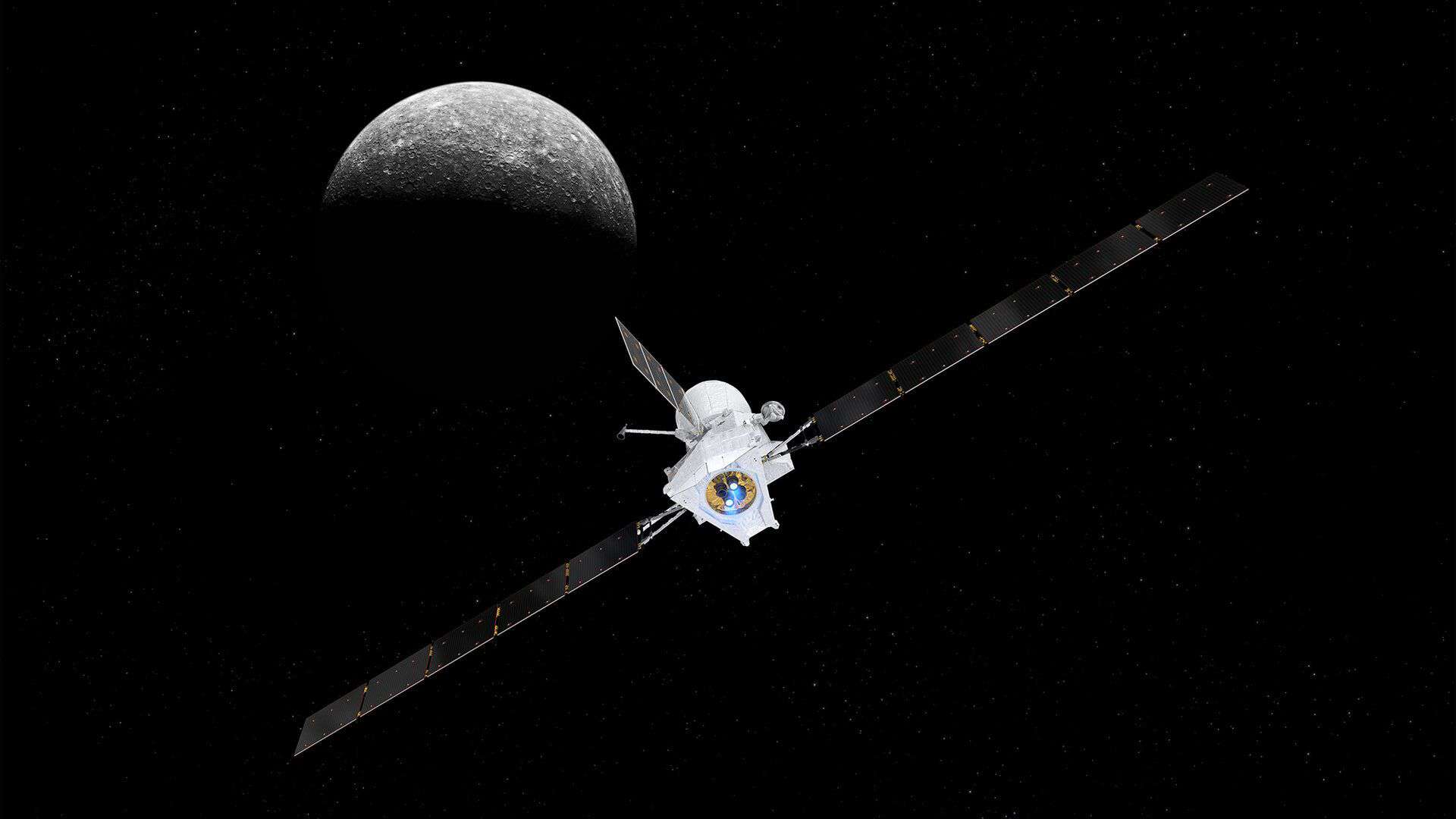Although NASA’s history-making Ingenuity Mars helicopter is no longer capable of flying through the Martian atmosphere, its job is far from over.
NASA’s Ingenuity Mars Helicopter team gathered together in a control room at the agency’s Jet Propulsion Laboratory for one last time to monitor a transmission through NASA’s deep space network from the Mars helicopter on April 16, 2024.

The transmission confirmed the operation of a software patch that will allow Ingenuity to act as a stationary testbed and collect data that could benefit future explorers of the Red Planet.
Usually Ingenuity Mars Helicopter communicates with the Earth base control room via its companion Perseverance Mars rover. However, the new software includes commands that can instruct the helicopter to continue collecting data even after communication with the rover is lost.
According to the statement of NASA’s Jet Propulsion Laboratory (JPL), which manages the helicopter:
“With the software patch in place, Ingenuity will now wake up daily, activate its flight computers, and test the performance of its solar panel, batteries, and electronic equipment. In addition, the helicopter will take a picture of the surface with its color camera and collect temperature data from sensors placed throughout the rotorcraft. Ingenuity’s engineers and Mars scientists believe such long-term data collection could not only benefit future designers of aircraft and other vehicles for the Red Planet, but also provide a long-term perspective on Martian weather patterns and dust movement.”
If a critical electrical component on Ingenuity fails in the future or the helicopter eventually loses power because of dust accumulation on its solar panel, whatever information Ingenuity has collected will remain stored on board. The team has calculated that Ingenuity’s memory could potentially hold about 20 years of daily data.
Teddy Tzanetos, Ingenuity’s project manager at JPL, said in a statement:
“Whenever humanity revisits Valinor Hills — either with a rover, a new aircraft, or future astronauts — Ingenuity will be waiting with her last gift of data, a final testament to the reason we dare mighty things.”
He also added:
“Thank you, Ingenuity, for inspiring a small group of people to overcome seemingly insurmountable odds at the frontiers of space.”
Timeline of the Ingenuity Mars helicopter
NASA’s Ingenuity Mars helicopter is a small (weighing only 1.8 kilograms) autonomous aircraft. It made history by achieving the first powered, controlled flight on another planet on April 19, 2021.
NASA’s Perseverance rover carried the Ingenuity helicopter to the surface of Mars on February 18, 2021, attached with its belly.
Originally, the helicopter was designed to attempt up to five test flights within a 30-Martian day (31-Earth day), which was completed on May 7, 2021.
However, the helicopter operated for almost three years on Mars, completed 72 flights, and flew a total of 17 kilometers (11 miles) in 128.8 minutes, according to the mission’s flight log.
The helicopter experienced a crash landing on January 18, 2024, during the descent of its 72nd flight. It was the final flight of the helicopter on Mars.
NASA announced the Ingenuity Mars helicopter mission has come to an end because it is no longer capable of flight on January 25, 2024.
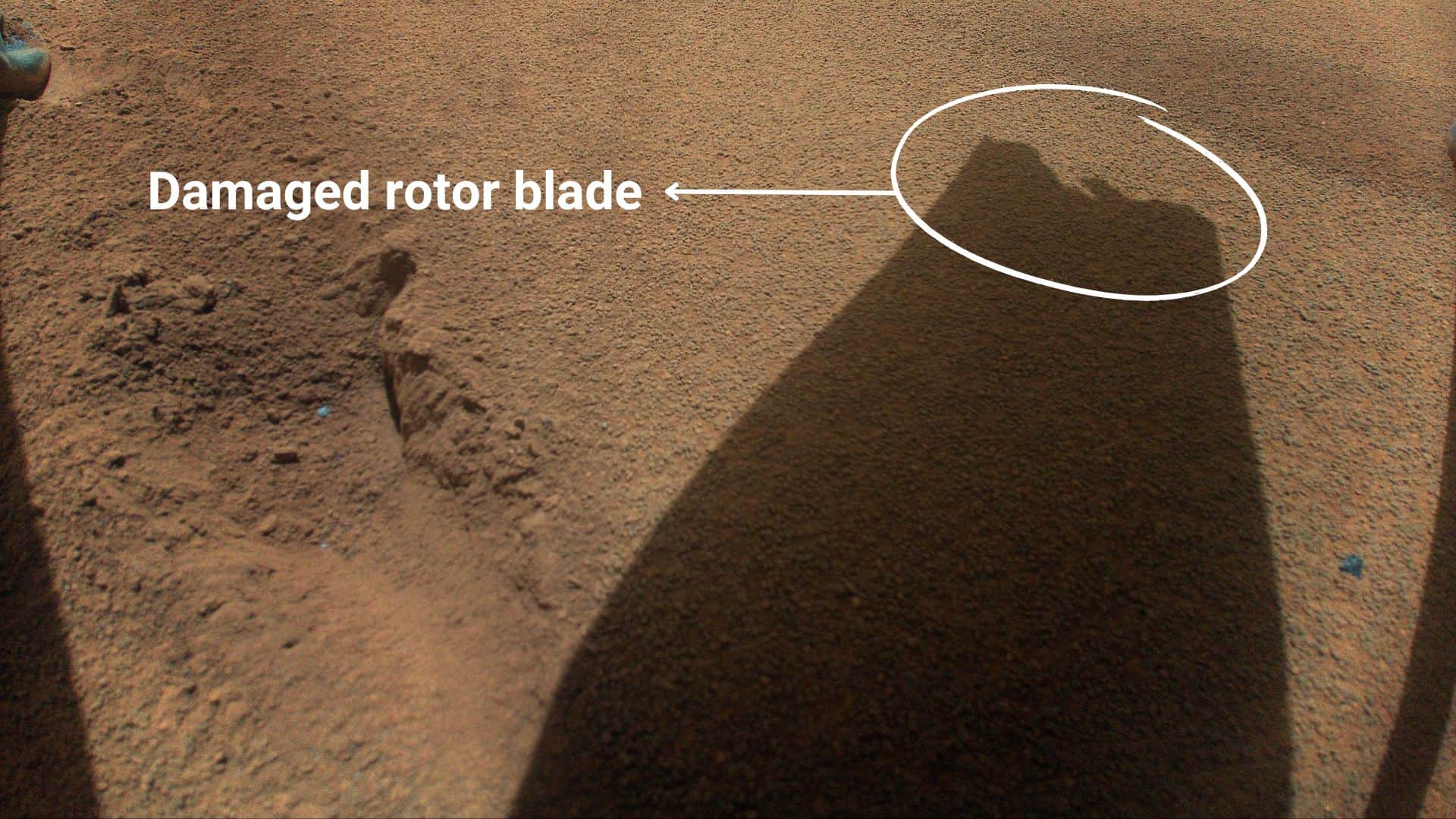
After the preliminary analysis, NASA’s JPL (Jet Propulsion Laboratory) team, which managed the helicopter, found that at least one of the helicopter’s rotor blades was damaged during the emergency landing on its 72nd flight.
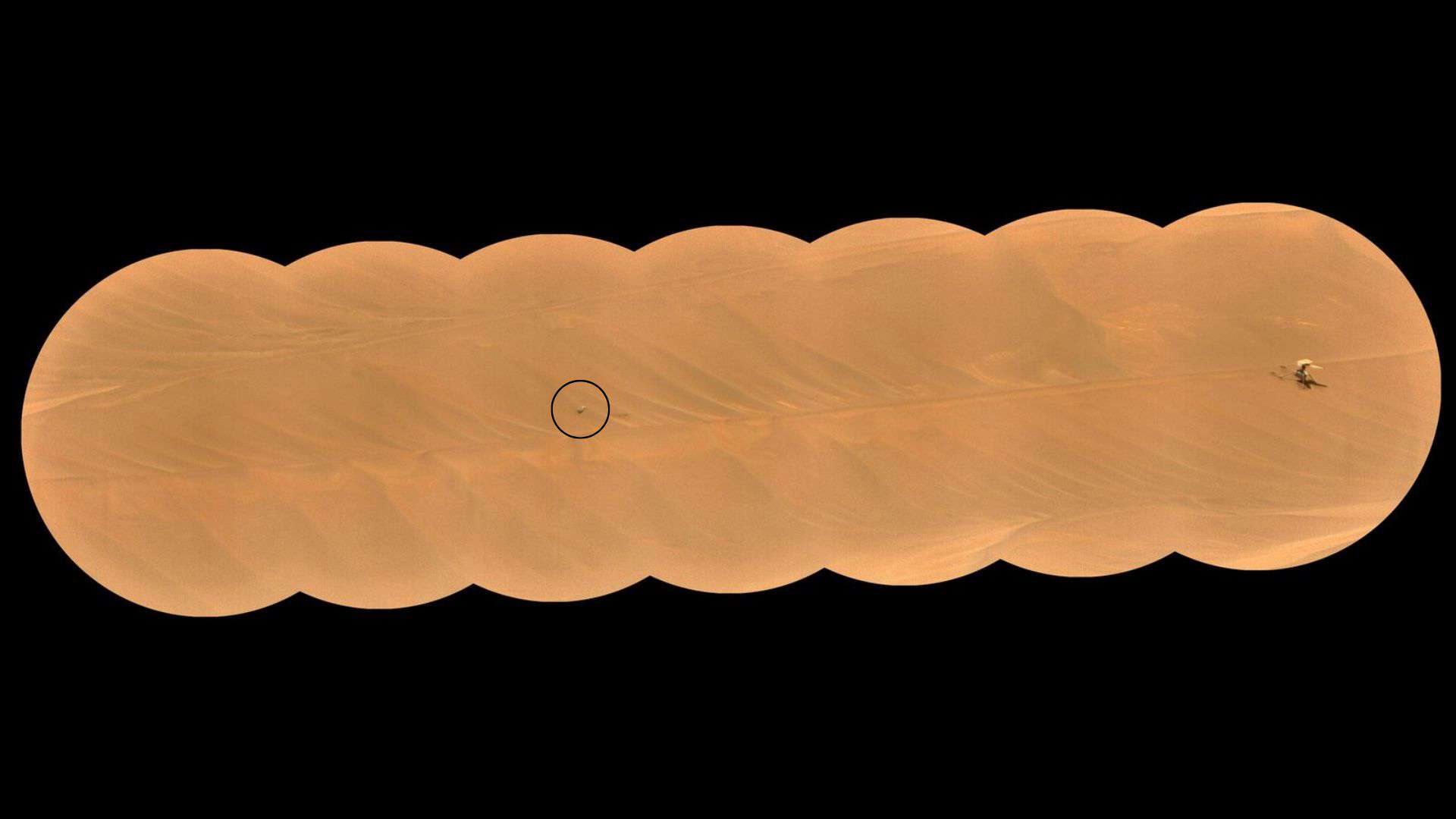
Later on February 24, 2024, Ingenuity’s companion Perseverance rover, which is still operating on Mars, spotted the broken Ingenuity helicopter and its detached rotor blade.
NASA’s history-making Ingenuity Mars helicopter is resting at Valinor Hills on Mars and will remain there.
From now on, the helicopter will act as a stationary testbed and collect data, even though it is unable to fly.
Please bookmark Spaceandtelescope.com or follow us on Facebook and Twitter to get latest space news, upcoming skywatching events and astronomy-related content.
